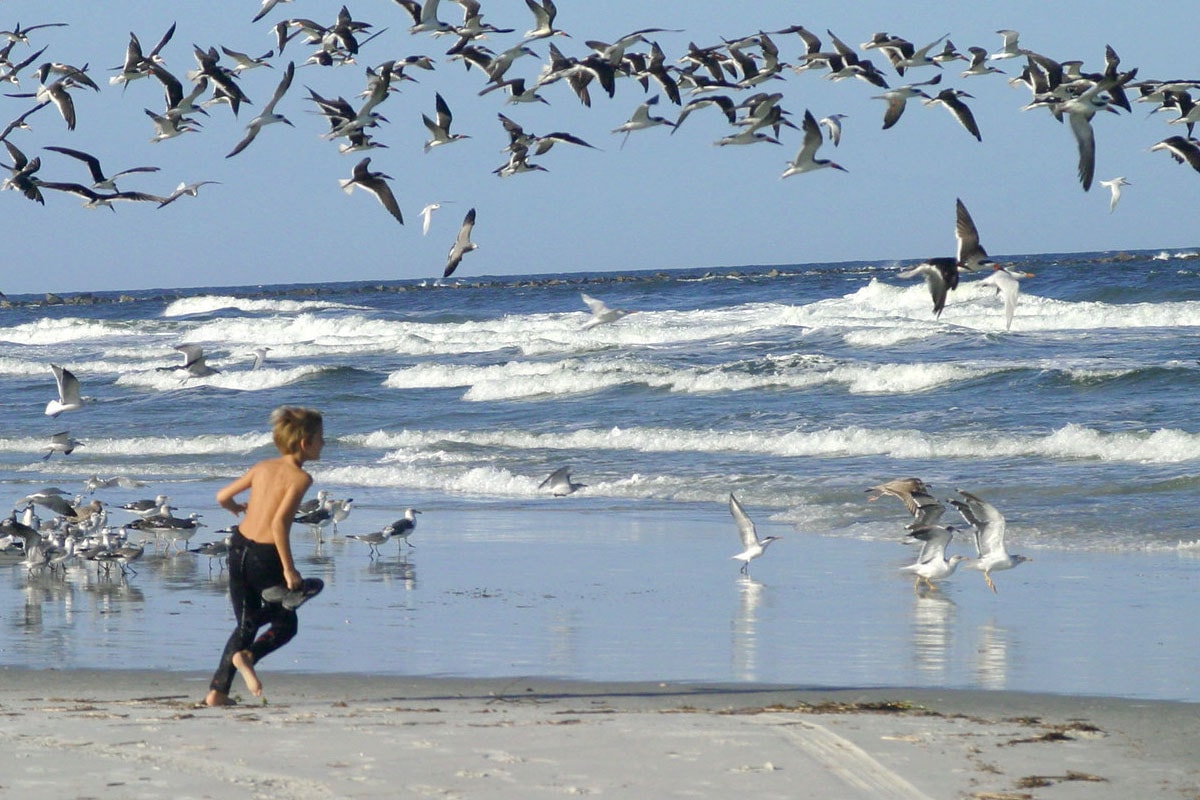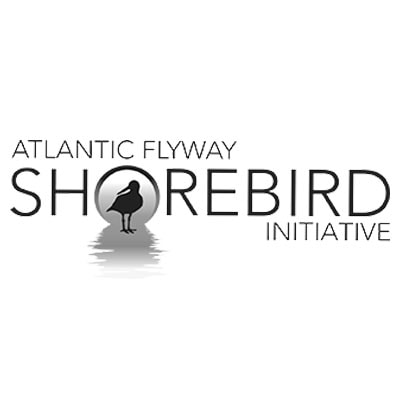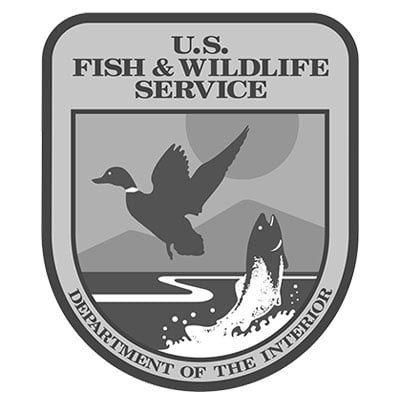Bird-friendly Beach Walking
While walking the beach, walk around shorebird flocks.
When we unintentionally disturb shorebirds with our activities on the beach, we keep them from being able to eat, nest, and rest.
Walk Around Shorebird Flocks
According to experts, human disturbance is the greatest threat to shorebirds. When the normal behaviors and activities of a bird are altered by something, such as people or dogs, this is referred to as disturbance.
Common disturbances to shorebirds involve people walking through flocks that are resting, causing them to move away, or even worse, get scared and fly off. People walking on the beach may also disrupt birds trying to search for food. Walking too close to a nesting site could also frighten adult birds away from their eggs or chicks. This can leave their young vulnerable to deadly temperatures, being eaten by seagulls, crows, or foxes, or getting crushed underfoot.
While these acts may be unintentional, it’s important to give birds space and keep them safe. Part of being safe includes being able to eat and rest enough to survive. Remember, we all share the shore!
Learn more about site-specific efforts to help shorebirds at:
Parker River NWR (MA | Milford Point (CT) | Long Beach (CT) | Jones Beach (NY) | Rockaway Beach (NY) | Folly Beach (SC) | Tybee Island (GA)

What Does Disturbance Look Like?
- Did the bird fly away when you approached it?
- Did the bird stop feeding and start walking away or look at you on alert?
- Did the bird call out or act like it was injured to draw you away from its young?
If you noticed any of these bird behaviors, then you are probably too close. Try rounding your path to walk farther around the flock or the individual bird.

Local Sites Can Make A Big Difference
Shorebirds depend on a variety of locations along the entire Atlantic Coast, including the beach you visited today! This beach plays a critical role in the survival of shorebirds by giving them safe places to feed, rest, and nest.
Want to learn more about how you can help protect shorebirds? Find the beach you visited on the map or the list below to get started.
Sites: Parker River NWR, Milford Point, Long Beach, Jones Beach, Folly Beach and Tybee Island
Home Sweet Home
Limiting bird disturbance during migration
About The Birds
Shorebirds are small to medium size birds often characterized by long legs and probing bills. They are amazing migrants, often making trips across multiple continents and over open ocean to get to the beach you are at today.
Every year, shorebirds from across the Western Hemisphere migrate to and breed at different sites along the East Coast of the United States. Depending on the species and where and when you are on the Atlantic Coast, shorebirds may be breeding and building their nests, recharging and refueling from their long distance travels, or spending their winter there.
Learn more about the birds you share the shore with and how to identify them.






